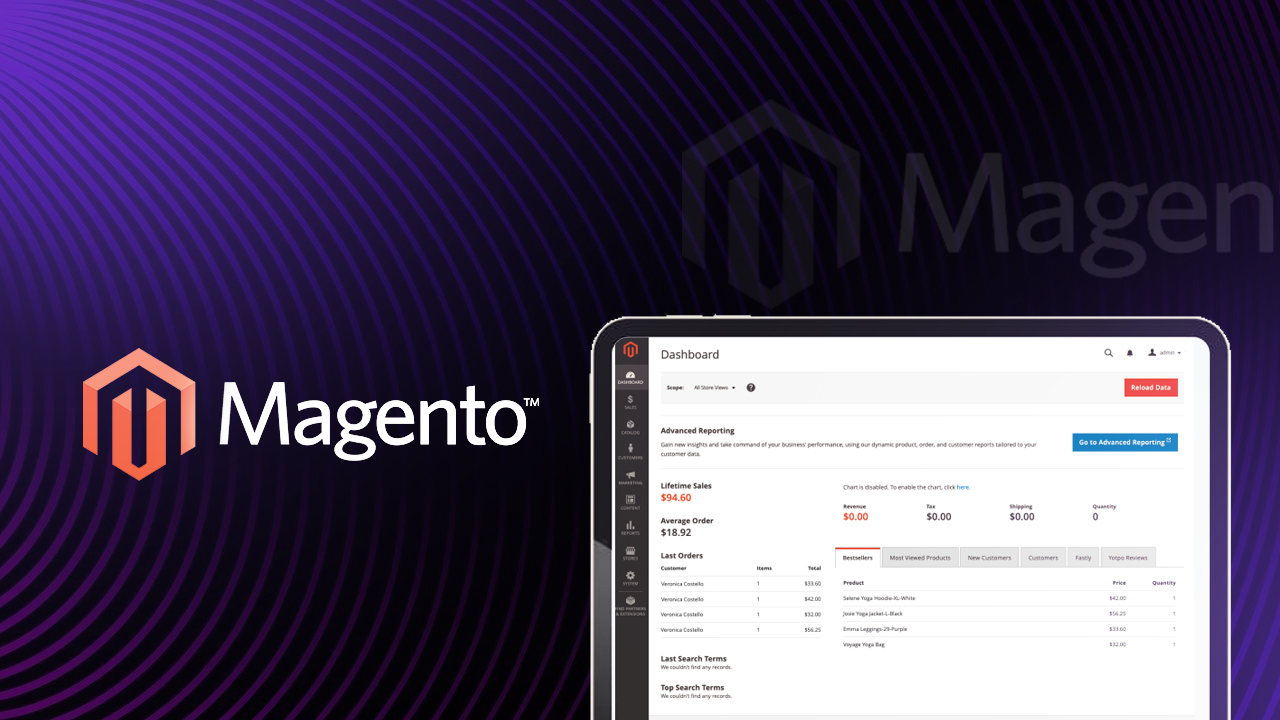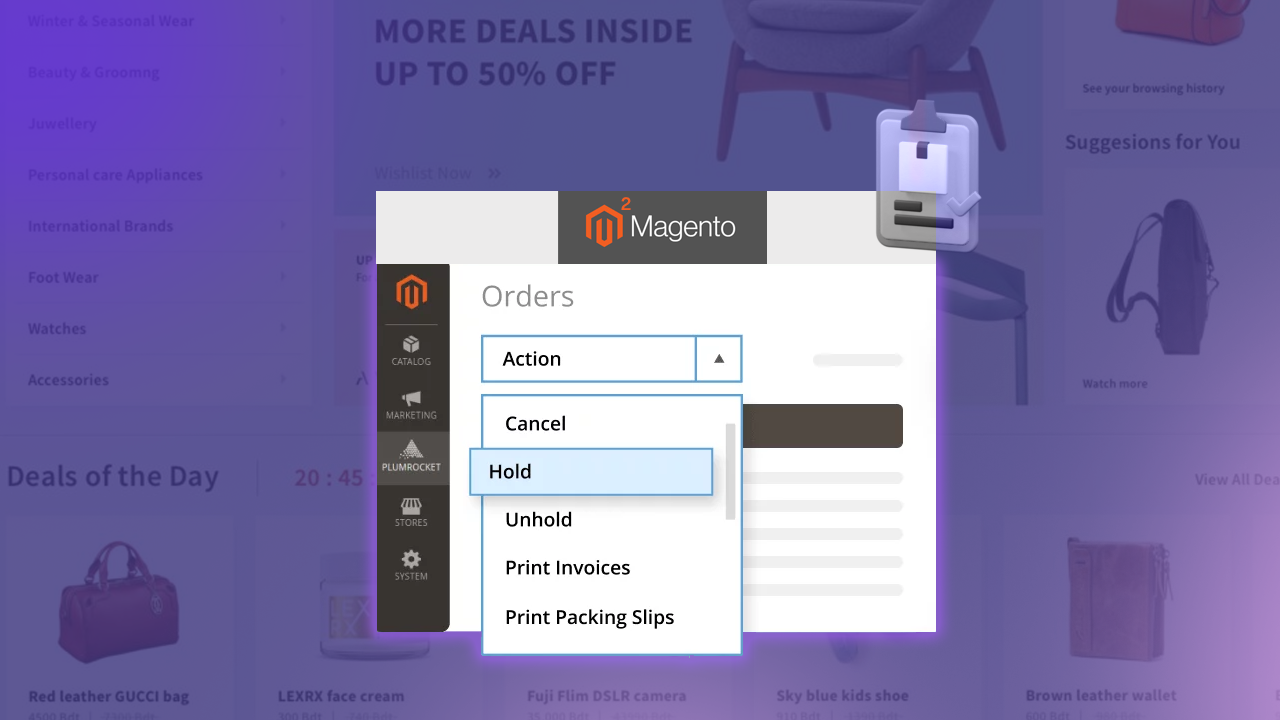Headless ecommerce platforms like BigCommerce help online stores improve their performance and provide a more personalized shopping experience. This platform also provides businesses with better flexibility and scalability and helps them grow.
In this blog, learn everything about BigCommerce Headless, from its advantages, best practices, and steps to follow while switching to a Headless approach for your ecommerce store.
ON THIS PAGE
Key Takeaways
- Explore how BigCommerce Headless can transform your ecommerce business.
- Learn how Headless BigCommerce improves site speed, and conversion rates and delivers personalized shopping experiences.
- Get a step-by-step guide to implementing Headless BigCommerce in your store.
- Explore real-world success stories of businesses that improved their ecommerce with Headless BigCommerce.
Start your BigCommerce Headless Journey with us
Things to Know About Headless BigCommerce
BigCommerce Headless is a platform that allows businesses to separate the front-end (what customers see) and back-end (where ecommerce operations happen) of their online stores, enabling each to operate independently.
This modern approach provides ecommerce businesses with greater flexibility in designing their websites while still using BigCommerce to manage their ecommerce operations on the backend.
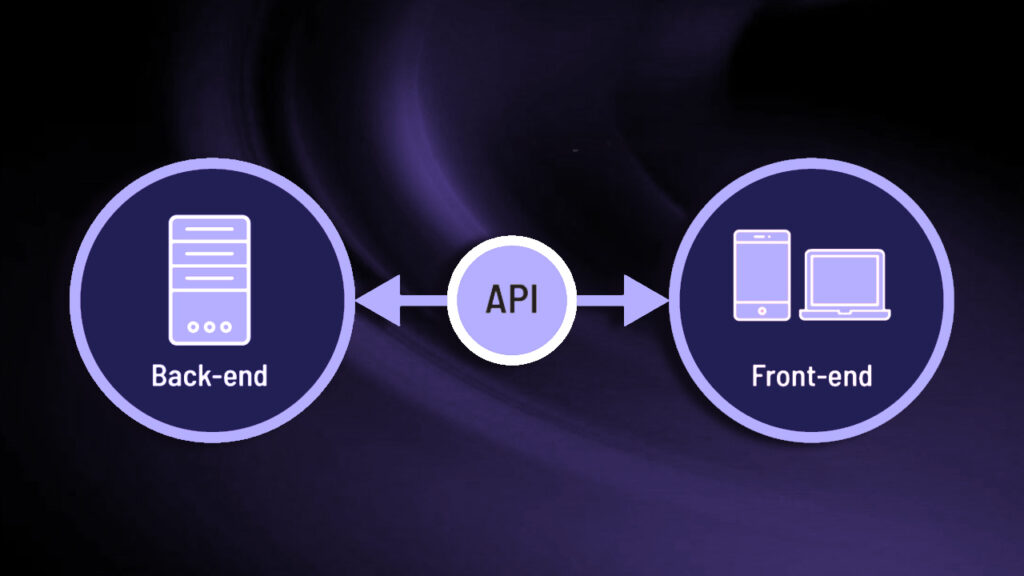
With BigCommerce Headless, you can connect the backend to any frontend using APIs (Application Programming Interface), allowing for custom storefronts across different websites or mobile apps.
Why Should You Go Headless With BigCommerce?
BigCommerce offers excellent customization, seamless integration, and automation options for your online store. It allows you to connect your ecommerce system to other third-party tools and helps create a seamless customer experience.
- One of the key benefits is BigCommerce’s mobile-first approach, which ensures your store works smoothly on any device.
- It provides a user-friendly experience no matter how your customers shop.
- Businesses are adopting Headless technologies to improve platform efficiency and create personalized shopping experiences for their customers.
In recent years, users have started expecting a fast, seamless shopping experience. Going Headless with BigCommerce helps you meet these expectations by offering a faster, smoother user experience, which can ultimately lead to higher conversions and greater customer satisfaction.
| Facts: Studies show that faster loading pages leads to more conversions, with even a one-second improvement in page load time increasing conversions by 10%. On mobile devices, if a site takes longer than 3 seconds to load, 53% of users leave and find another option. |
4 Steps To Go Headless With BigCommerce
Facts: Recent research shows that investments in Headless technologies are growing, with $1.65 billion raised in 2021-2022 alone.
Now we know why BigCommerce Headless makes a huge impact on your current business development, let’s have a look at the steps to implement Headless BigCommerce in your ecommerce store:
Step 1. Understand the Key Components of Headless BigCommerce
The Headless architecture with BigCommerce is made up of four layers – storefront (frontend presentation layer), microservices, application layer, and BigCommerce backend.
- Storefront: The storefront is where your customers interact with your site. It could be a custom frontend such as a content management system (CMS), a static site, a mobile app, or other types of user interfaces. You have the flexibility to design the Headless storefront however you want, using frameworks like Gatsby or integrating WordPress. You can also set up multiple storefronts if needed.
- Microservices: Microservices are specialized backend services that can be integrated into your storefront. These can include third-party tools for PIM (Product Information Management), CRM (Customer Relationship Management), order management, and subscription management. This allows you to extend the functionality of your site beyond the core BigCommerce services.
- Application Layer: This layer handles the logic of your site. It is where custom functionality is developed, such as managing how products are displayed or implementing advanced features like custom discount codes based on customer behavior. It communicates with BigCommerce APIs to carry out tasks such as accessing product data or handling customer orders.
- BigCommerce Backend: BigCommerce provides the infrastructure to handle core ecommerce functions like payment processing, managing the product catalog, storing customer data, and order management. This layer supports the backend functionality and processes requests from your custom storefront via APIs.
Step 2. Launch Your BigCommerce Store
Once you sign up for the BigCommerce platform and set up your store, you can start customizing it. Here is how you can set up your Headless BigCommerce store.
- Set Up Product Information: Add your products with essential details like name, description, price, and shipping costs. Your storefront will pull this data using BigCommerce’s API.
- Create a Custom Storefront: You can choose Gatsby or integrate a Headless CMS like WordPress to build a custom front-end for your store. The storefront will display your product catalog and allow customers to add items to their cart.
- Configure Cart and Checkout Pages: Set up custom cart and checkout pages. These pages will allow customers to review their products, enter shipping details, and complete payments. You have the flexibility to customize the entire checkout flow to match your branding.
Step 3. Connect Your Storefront to BigCommerce APIs
Your custom storefront communicates with the BigCommerce backend using APIs to retrieve product details, and customer data, process payments, and handle orders.
You can manage the entire ecommerce process while still maintaining full control over the frontend experience by using BigCommerce’s API.
Step 4. Finalize the Headless Commerce Integration
- Once you have built your front end and connected it to BigCommerce, test your store by going through the entire shopping process.
- Start by looking at products and adding them to the cart, then go to the checkout page and complete the purchase.
- Make sure all the product information is showing correctly and that everything works smoothly from start to finish for the customer.
Advantages of Implementing Headless BigCommerce
There are many advantages of Headless BigCommerce and they are given below.
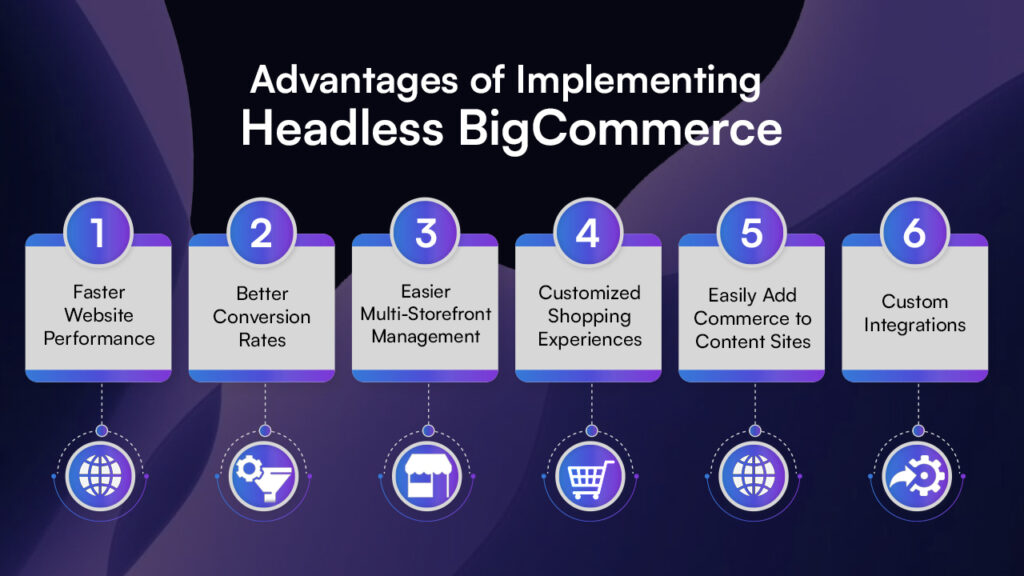
1. Faster Website Performance
When you use a traditional CMS with plugins, it can slow down your site over time. Headless BigCommerce helps by separating the front end from the back end, which makes your site run faster. It also allows you to use Progressive Web Apps (PWAs) like Next.js, which helps speed up content delivery and improve load times.
2. Better Conversion Rates
Faster performance and interactive, customizable websites can lead to higher conversion rates. With Headless BigCommerce, you can offer personalized product promotions and an optimized shopping experience, all of which encourage customers to make purchases.
3. Easier Multi-Storefront Management
If you need to manage different storefronts for various products or services, Headless BigCommerce lets you do this from one central location. It connects all your systems through APIs, ensuring that your inventory, orders, and customer data are updated and accurate across all storefronts.
4. Customized Shopping Experiences
Headless BigCommerce helps you create unique shopping experiences by using custom themes and templates, whether you build them from scratch or use pre-made options. You can also design tailored user journeys. It reflects your brand’s identity and improves customer satisfaction.
5. Easily Add Commerce to Content Sites
If you already have a content-driven website (like a blog or news site), you can add ecommerce features without slowing down your site. Headless BigCommerce makes it easy to integrate commerce into your existing content site by using APIs, avoiding the need for multiple plugins that can impact your store’s performance.
6. Custom Integrations
Headless BigCommerce makes it simple to integrate with any external tools or services (like CRM systems or subscription management). You can use APIs to connect your store with any software you need, allowing for smooth communication between your store and third-party tools.
Disadvantages of Implementing Headless BigCommerce
1. Technical Skills Required
Building a Headless commerce platform requires technical skills and experience, especially when you are connecting and integrating various services. This can be difficult for businesses that do not have development teams.
Solution: Get help from a BigCommerce Headless agency or hire skilled developers who have the expertise needed to build and manage a Headless platform.
2. Some Features Do Not Work
When you implement a Headless setup, you may not be able to use some of the built-in features that come with BigCommerce.
Solution: You need to consider the advantages and disadvantages of Headless Commerce Architecture and decide if the benefits are worth the loss of certain features. You can also use plugins and apps to add the missing functionality.
3. High Setup Costs
Setting up a Headless commerce platform can be more expensive than traditional ecommerce platforms. This is because it requires development work, extra resources, and an extra cost of integrating different services.
Solution: To keep costs under control, carefully plan your Headless commerce project, prioritize your business needs, and then set a clear budget. You can also use cloud-based services, as they can help lower infrastructure costs.
4. More Systems to Manage:
With separate frontend and backend systems, managing Headless BigCommerce can become more complicated. This may lead to challenges in upgrading or troubleshooting the platform.
Solution: You can use effective project management tools to improve organization and communication. Also, invest in training your team to handle and maintain the different Headless systems. You can reduce the workload by using automated deployment and monitoring tools to streamline processes.
Considerations When Migrating to a Headless eCommerce
When considering a Headless commerce solution for your business, it’s important to keep a few key factors in mind.
1. Security: Ensure the platform can handle secure, PCI-compliant transactions without sacrificing flexibility. Look for features like OAuth and SAML authentication for safe user access. Additionally, check for added security measures like tokenized payments and fraud protection.
2. Built-in Features: Make sure the platform offers built-in tools, such as real-time shipping updates and order tracking. These features can help you keep your customers informed throughout their shopping experience.
3. Business/Revenue Model: Consider your business’s pricing structure. If you have complex pricing models like subscriptions or tiered pricing, ensure the platform supports these. Also, if you sell products with many options, like different sizes or colors, ensure the platform can easily manage those variations.
BigCommerce Headless Success Stories
1. Cocktail Courier
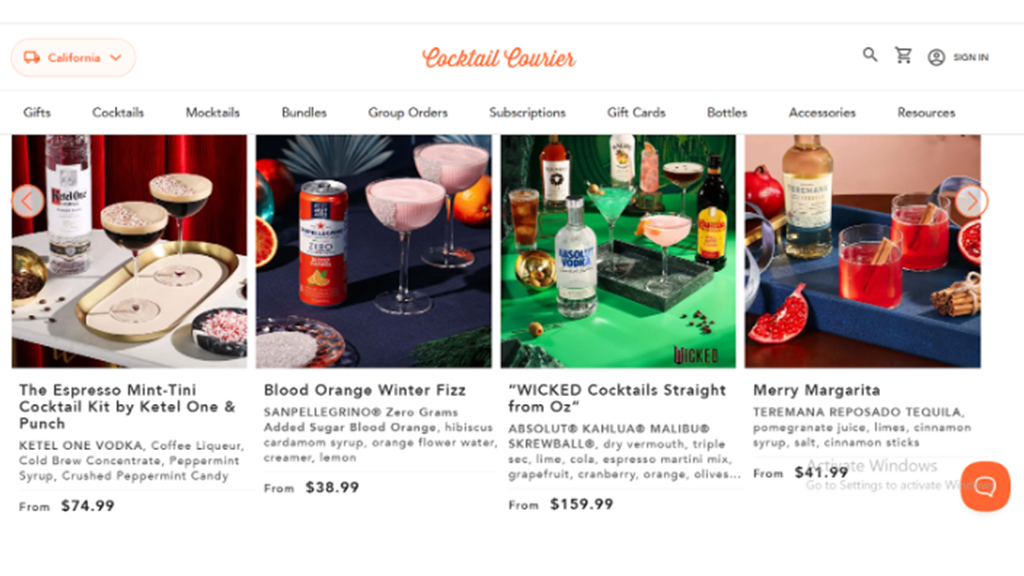
Cocktail Courier is an online store that delivers cocktail ingredients and mixers to customers. By switching to a Headless BigCommerce platform, this brand achieved an enhanced design and faster loading times. Additionally, they improved their shipping options for a better customer experience.
2. Four Pillars Gin

Four Pillars Gin is an Australian company that makes premium gin, focusing on creating unique flavors using local botanicals. Using Headless commerce, they implemented a horizontal scroll feature to display their products with high-resolution images.
3. Black Diamond Equipment
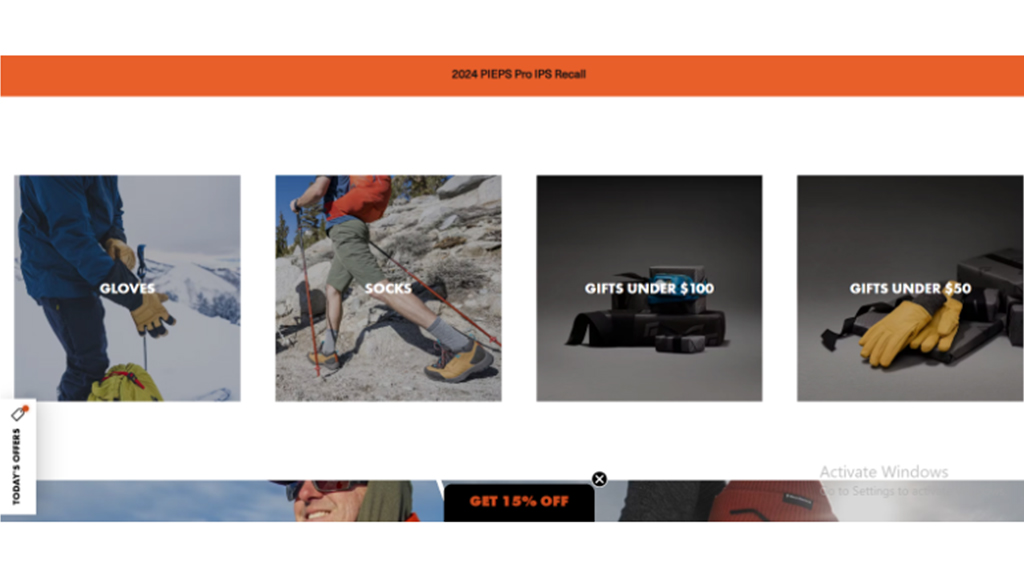
Black Diamond Equipment is a company that makes and sells outdoor gear, focusing on climbing and skiing equipment. They used BigCommerce’s Headless API to create their brand aesthetics and attractive hero sections and product pages with videos, making sure the website stayed responsive and fast.
4. Ted Baker
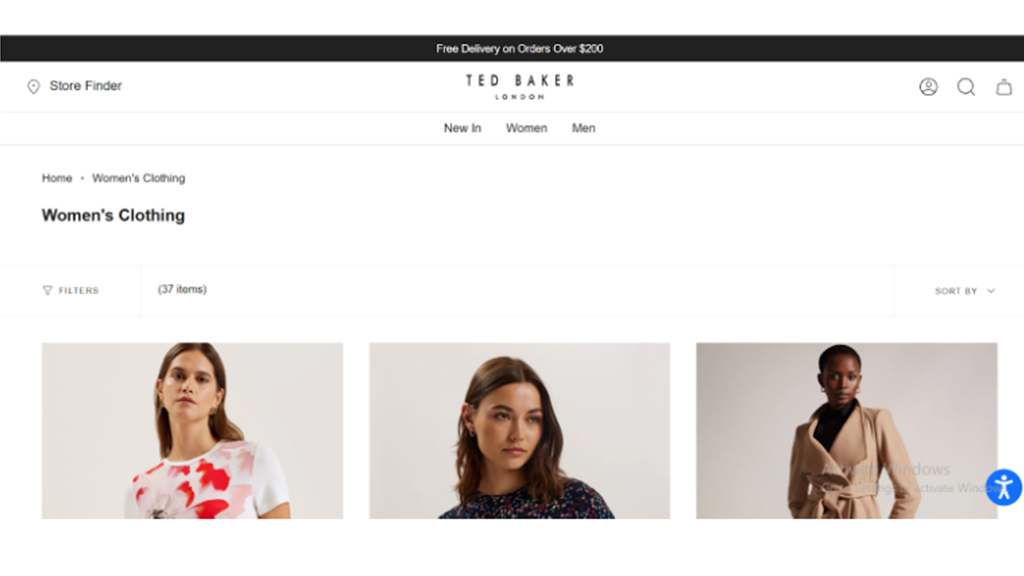
Ted Baker is a luxury fashion brand from the UK. It is famous for its formal wear and accessories like clothing, shoes, bags, and jewelry. By using Headless commerce, they made shopping easier for customers by organizing product categories in a grid layout. They also improved their blog page for a better experience.
5. Gorewear

Gorewear is a brand that sells sportswear and streetwear, including items like t-shirts, hoodies, pants, hats, and bags. They are known for their bold designs that mix athletic and streetwear styles. Their product pages stand out with measuring charts and videos, giving them a unique feel.
6. Yeti Cycles
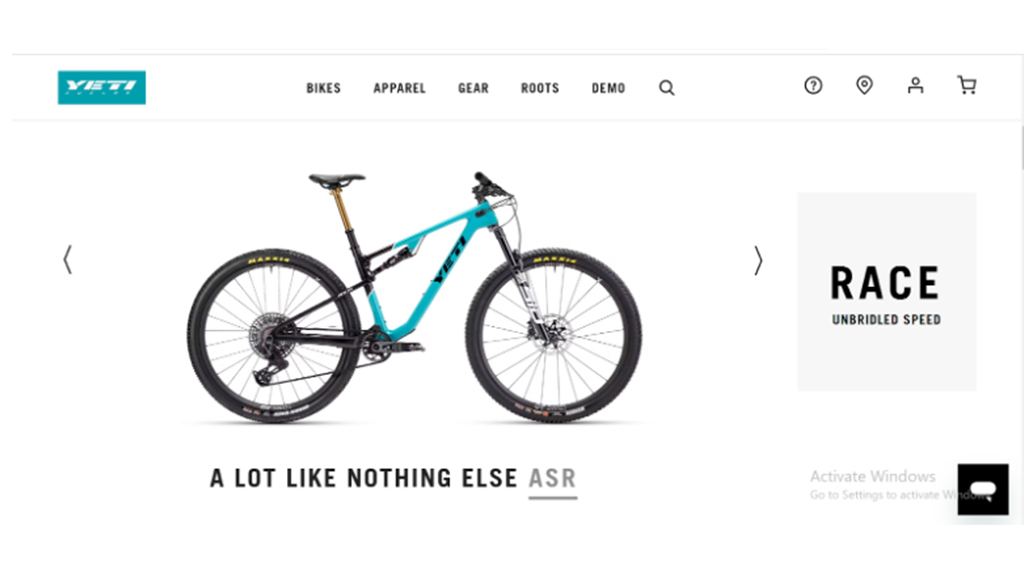
Yeti Cycles is a top brand in mountain biking. They wanted to build an online community for its passionate fans. Over time, they added tools like Salesforce, Magento, and Readymag to their tech stack. While this system was effective, it became increasingly complex to manage. Then they decided to go Headless with BigCommerce to simplify their operations.
Implementing BigCommerce Headless Solutions and Simplifying Your eCommerce
Implementing BigCommerce Headless can significantly improve your online store’s performance, flexibility, and customer experience. This innovative approach of decoupling the front end and back end can help businesses create fast, customized, and responsive websites. It offers several custom solutions such as faster load times, smoother navigation, and the ability to integrate with other tools.
At Klizer, we help businesses set up Headless BigCommerce stores. Our Bigcommerce development services team works closely with you to understand your needs and guide you through the process, ensuring a smooth and customized ecommerce experience.
If you want to learn more about our ecommerce services, contact us today!
FAQs
1. How does BigCommerce Headless enable eCommerce functionality on WordPress?
Yes, BigCommerce Headless is related as it enables eCommerce functionality on WordPress and BigCommerce Headless uses WordPress as a frontend for BigCommerce’s backend.
2. How is Headless CMS different from Headless Commerce?
A Headless CMS separates content creation and management from its display, which allows content to be distributed effortlessly across different channels and devices without being restricted to a specific format. On the other hand, Headless commerce separates the ecommerce backend from the front end, which offers businesses more flexibility to create personalized shopping experiences and integrate with various digital platforms.




